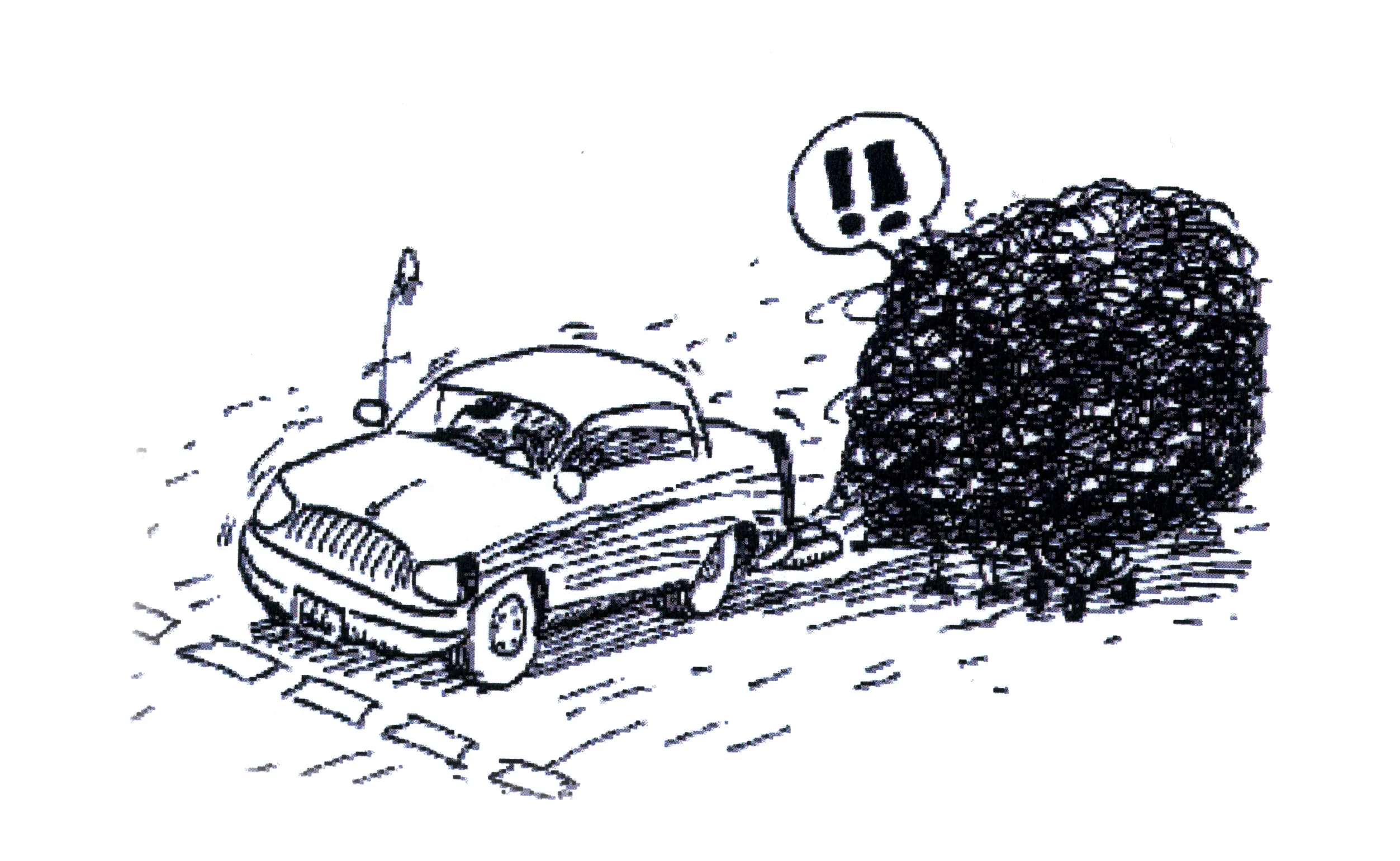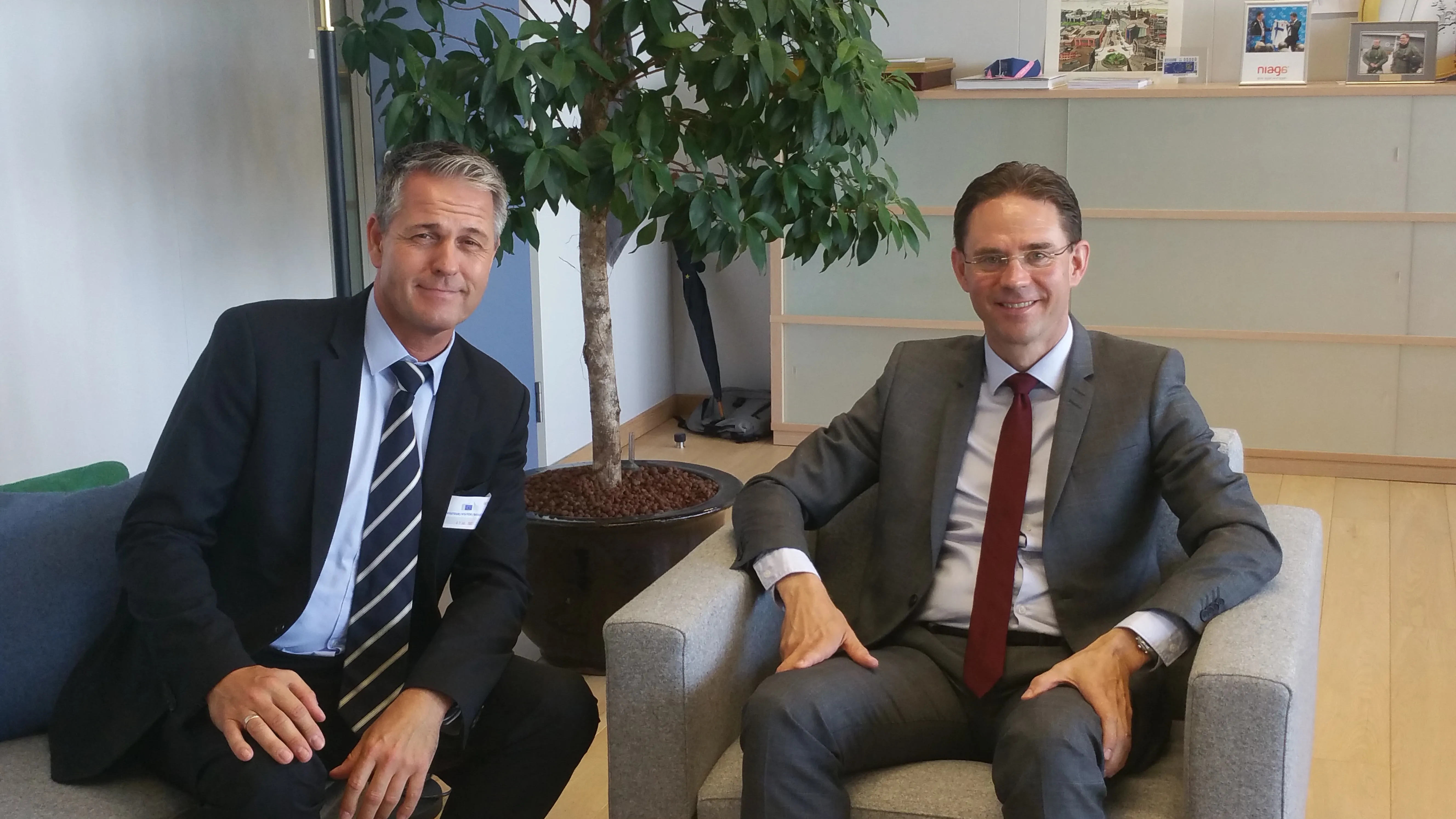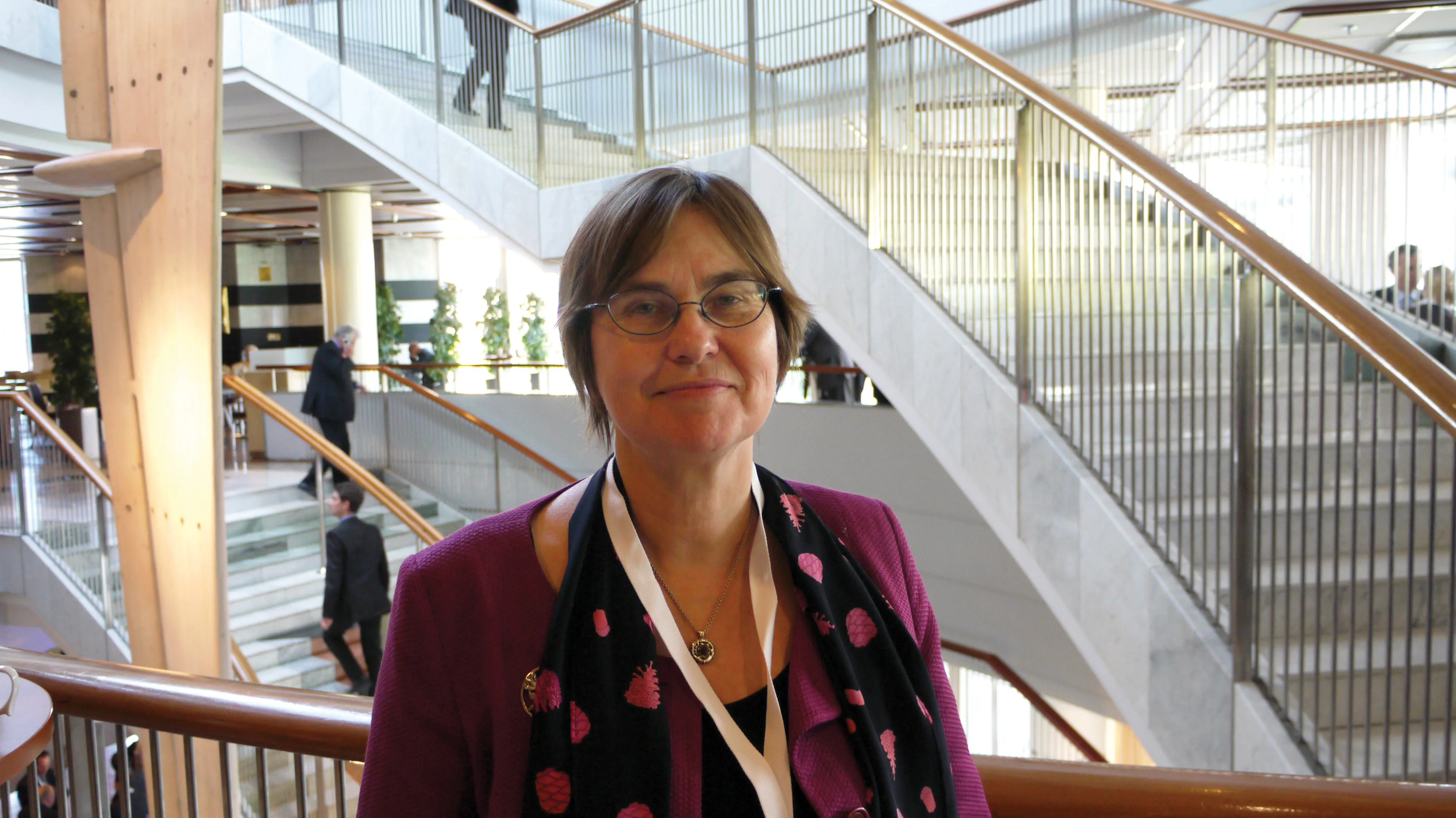A resolution drafted by Mathieu Grosch and adopted yesterday by the EU transport committee calls for the abolition of all remaining barriers and borders in order to complete the creation of a single transport area for goods and passengers which is competitive, co-modal and resource efficient. The vote reflects a broad political consensus on the main safety and environmental targets to be reached by 2020.
May 15, 2012
Read time: 2 mins
A resolution drafted by Mathieu Grosch and adopted yesterday by the EU transport committee calls for the abolition of all remaining barriers and borders in order to complete the creation of a single transport area for goods and passengers which is competitive, co-modal and resource efficient. The vote reflects a broad political consensus on the main safety and environmental targets to be reached by 2020.
The resolution calls on the Commission to take measures and / or to propose legislation to:
from 2010 figures. Overall greenhouse gas emissions from transport should be cut by 20% from 1990 levels, says the resolution.
MEPs welcomed the long term-vision set out in the Commission's white paper, presented in Marh, on EU transport policy from now to 2050 presented. "But we have learnt the lessons of the previous white papers," said Grosch. "There is a need to set clear targets and deadlines, to ensure that progress in the member states is constantly measured using the adequate tools and that the targets are finally met."
MEPs asked the Commission to table a proposal by 2014 to ensure that the costs of pollution, noise and congestion are reflected in the price paid by the user (through the internalisation of the external costs) for all forms of transport and they want the revenue generated in this way to be used by member states to fund sustainable mobility.
The transport committee has also called on the Commission to issue proposals by 2013 to develop safe infrastructure for pedestrians and cyclists in towns and to double the number of pedestrians, cyclists and passengers on public transport. They ask for a "Charter of Passengers' Rights" laying down basic rules for all means of transport at the beginning of next year.
The resolution was adopted by 35 votes to five. The plenary vote will take place during the next Strasbourg session.
The resolution calls on the Commission to take measures and / or to propose legislation to:
- reduce road deaths and the number of severely injured road users by 50%;
- reduce CO2 emissions from road transport by 20%;
- reduce CO2 and other pollutant emissions from shipping by 30%;
- reduce CO2 emissions from aviation by 30%;
- reduce noise and energy consumption in rail transport by 20%;
- increase by 40% the number of secure parking spaces on Trans-European Network (TEN-T) roads;
- increase by 20% the number of multi-modal platforms for inland waterways, inland ports and rail transport,
from 2010 figures. Overall greenhouse gas emissions from transport should be cut by 20% from 1990 levels, says the resolution.
MEPs welcomed the long term-vision set out in the Commission's white paper, presented in Marh, on EU transport policy from now to 2050 presented. "But we have learnt the lessons of the previous white papers," said Grosch. "There is a need to set clear targets and deadlines, to ensure that progress in the member states is constantly measured using the adequate tools and that the targets are finally met."
MEPs asked the Commission to table a proposal by 2014 to ensure that the costs of pollution, noise and congestion are reflected in the price paid by the user (through the internalisation of the external costs) for all forms of transport and they want the revenue generated in this way to be used by member states to fund sustainable mobility.
The transport committee has also called on the Commission to issue proposals by 2013 to develop safe infrastructure for pedestrians and cyclists in towns and to double the number of pedestrians, cyclists and passengers on public transport. They ask for a "Charter of Passengers' Rights" laying down basic rules for all means of transport at the beginning of next year.
The resolution was adopted by 35 votes to five. The plenary vote will take place during the next Strasbourg session.









